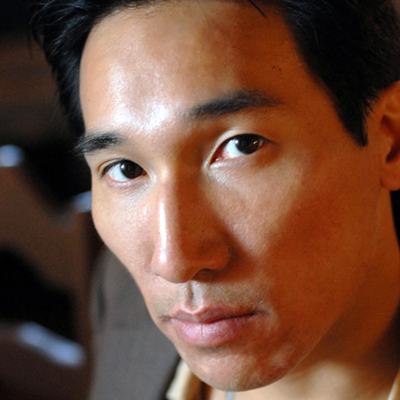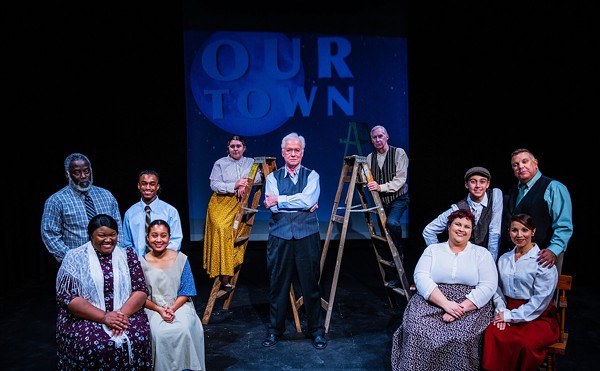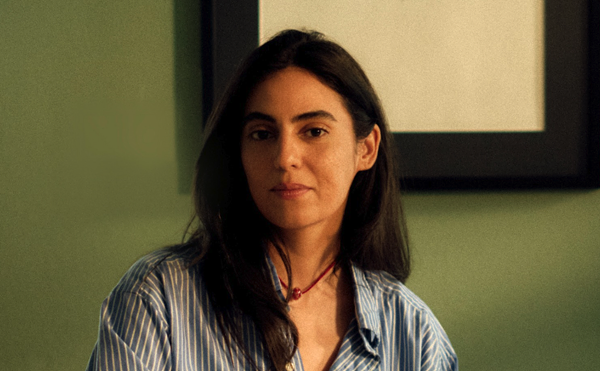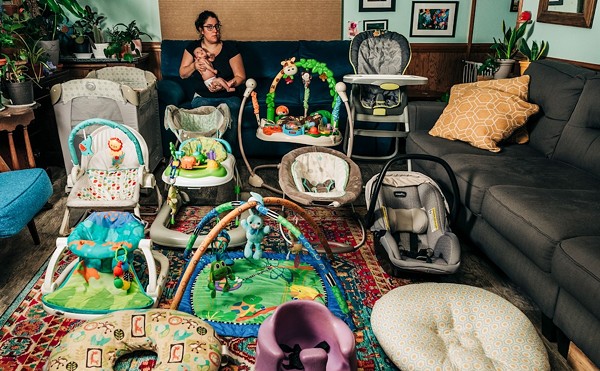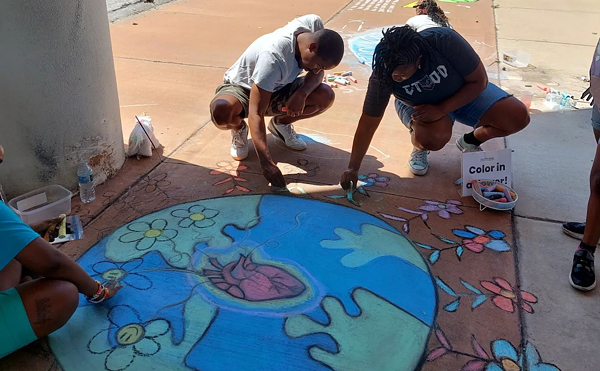With approximately 7.5 million iPads sold since April, an increasing buzz around the mysterious launch date of Google Editions and a quarterly announcement from Amazon.com that customers are purchasing more Kindle books than hardcover and paperback combined for the top 10, 25, 100, and 1,000 bestsellers on the website, it is undeniable that books are going digital.
With this knowledge circulating through my brain, I descended upon the eighteenth annual St. Petersburg Times Festival of Reading on Saturday, Oct. 23 and, subsequently, also showed up with one question fluttering through my nostalgic heart: Is print dead?
A natural query in this high-tech era of publishing, which is probably the most common question among written word lovers living in today’s digital age.
So, it is no surprise there was a panel at our local literary celebration called “The Future of e-Books,” and I made it my intention to focus on the discussion led by Inkwood Books owner, Carla Jimenez, and mystery novelist, James Swain.
Essentially, both Jimenez and Swain said they believe “tree books” and e-books can coexist and are beneficial to society. The publishing industry pros didn’t show up with a crystal ball, but both expressed an opinion of hope for the print book’s ability to keep a pulse through all the e-reader explosions taking place.
Swain (pictured below, right), who recently released four novels as eBooks — Jackpot, Wild Card, The Program, and The Man Who Cheated Death – told audience members it is part of his goal with the e-reader publishing endeavor to eventually have the digital books make their debut in print; however, it was the less-complicated Amazon.com eBook publishing model, and the incredible audience potential, that engaged his interest in the expanding realm of digital books.
“Is there room for both? I like to think so,” Swain said. “I still read tree books and I certainly don’t want them to go away. … But, I have got to tell you, the [eBooks] model is a very attractive one. I am still hoping my books will come out as tree books and that is certainly part of my goal in doing this.”
However, the e-reader is not going to go away and will only continue to grow because these devices are not just for reading, Swain said.
“They should use another name – ‘Stores’,” Swain said. “They are interactive stores to buy products … and will eventually become a very valuable part of the economy, so I don’t think they are going to kill books … I hope it will lead to more tree books being published.”
Jimenez (pictured below, left) spoke about the value of print books by citing the leisurely experience of reading as a beneficial, knowledge-building experience that should continue to be passed onto future generations.
“What I see a lot of people commenting on is that having a child in your lap, with a real book with pictures, is not going to be replaced,” Jimenez said. “There have also been studies around for a while showing that children do better in all school subjects if they own their own books and have libraries in the home.”
While the romantic reader is me agrees with all the semi-nostalgic reasons Jimenez and Swain gave for a survival of print, a July 2010 Loose Wire column by technology writer Jeremy Wagstaff, who has commentated on technology for news sources such as BBC and the Wall Street Journal, played on repeat in my head. Particularly his comments, such as, “We can’t afford to indulge ourselves anymore. Books are eating up trees, eating up space, and, most importantly, holding back making books available to all. Books, basically, have to be decoupled from this romantic world and plonked into the digital world of knowledge. … In short, books need to be released from their paper past and converted into something cheap and movable. Into things we can read on trains, on planes, in bed, waiting for friends. Into eBooks.”
While Wagstaff’s points are valid, this is not something that can or should take place in the near future; therefore, books are still alive and well, according to Jimenez.
Jimenez referred to the explosion of eBooks and e-readers as a “Wild, Wild West kind of scenario,” explaining that the hardware for eBooks still is not 100 percent and the business models, for things like copyright issues, still have a lot to “shake out.” However, Jimenez also expressed her opinion that, because the mega stores like Barnes and Noble are investing so much effort and focus into the eBook, this digital medium could lead to the collapse of the big-box models, simply because there will not be as much print needed because eBooks are taking a bigger share of the market.
After the panel, of course, the ever-developing conversation about print and eBooks continued between my boyfriend and me.
A complete realist, he compared the whole thing to the music industry and the collapse of album sales and how everything transformed to accommodate digital music in a relatively quick fashion. I love tree books, so the romantic won out in this debate, explaining to the BF that the conditioning of people to want to curl up with a good book, to feel the pages in their fingers and the sense of accomplishment of having read those pages and adding the book to a personal library or passing it onto a friend is something lit lovers are hardwired to enjoy. Therefore, I believe — for now — print is still breathing.
However, facts like The Association of American Publishers' latest data reports stating that e-book sales grew 193 percent between January and August 2010 are a clear sign that the next chapter in the history of publishing and books will contain a page-turning plot full of mystery, possibilities, and a rationally based slimming down of the printed medium.
In last week’s episode of HBO’s underrated, hilarious satire, Bored To Death, magazine editor George Christopher (Ted Danson) gives a speech to a writing class taught by author Jonathan Ames (Jason Schwartzman). Christopher ends his motivational-turned-cynical rant with the words “Print. Is. Dead.” And I will end this post by quoting Ames’ tongue-and-cheek attempt to bring hope back to his students, “Okay! That was bleak,” Ames announces enthusiastically. “But like things with the environment, we have at least a few more years until the end of time .”



